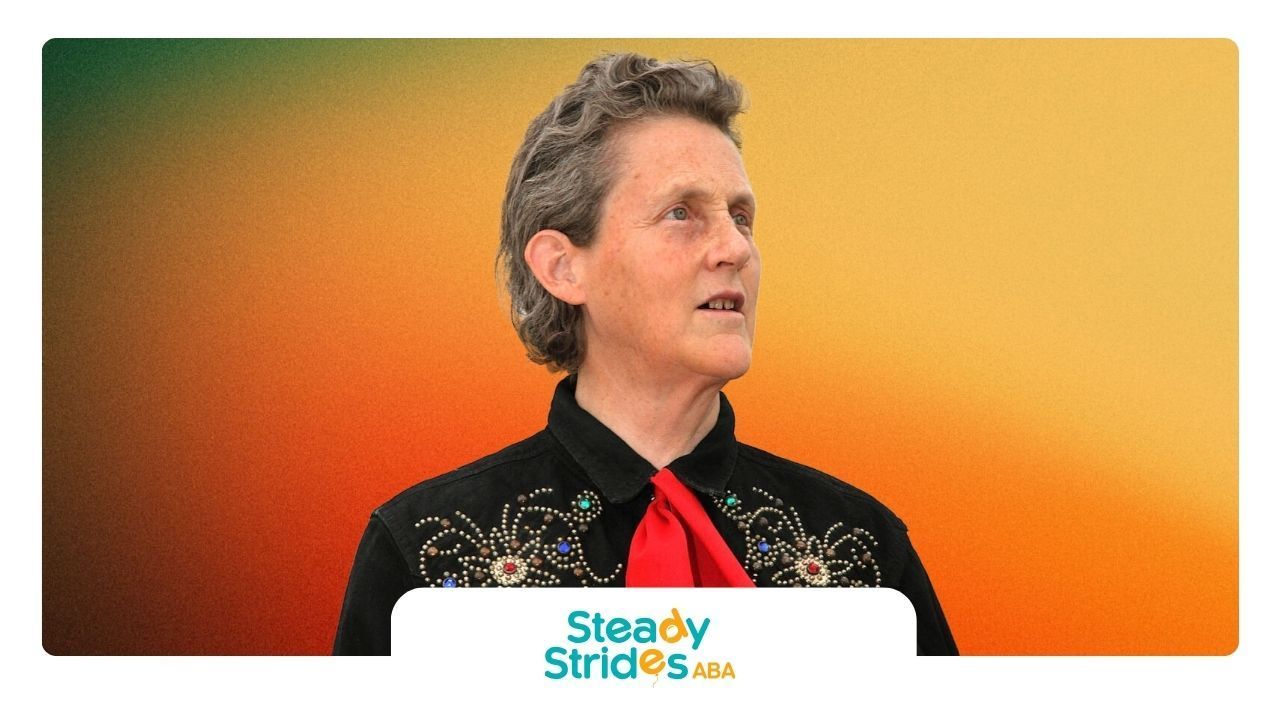David Bowie was more than just a rock star—he was a cultural phenomenon. From his androgynous Ziggy Stardust persona to his genre-defying music, Bowie embraced being different in a way that captivated the world. Because of his eccentricity, deep emotional expression, and unique way of seeing the world, some have wondered: Was David Bowie autistic?
While there is no evidence to suggest that Bowie was ever diagnosed with autism, his work and worldview have resonated deeply with many neurodivergent individuals. This article explores the speculation surrounding Bowie and autism, his empathy toward neurodivergent people, and the lasting impact of his artistry on the autism community.
Why Do Some People Think David Bowie Was Autistic?
Speculation about David Bowie being autistic largely comes from his unconventional thinking, intense focus on creative pursuits, and difficulty fitting into social norms.
While none of these traits confirm an autism diagnosis, they are characteristics often associated with neurodivergence.
Some of the reasons why people have wondered if Bowie was autistic include:
Unique Way of Thinking
Bowie was known for his ability to see the world differently. His songwriting, storytelling, and artistic choices often reflected perspectives that were entirely his own. Many autistic individuals describe experiencing the world in unique and deeply personal ways, much like Bowie expressed through his art.
Social Challenges in His Youth
In interviews, Bowie spoke about feeling like an outsider growing up. He wasn’t always comfortable in social settings and often used music and performance as a way to connect with others. Many autistic individuals also experience social difficulties and use creative outlets to express themselves.
Obsessive Dedication to His Craft
Bowie had an intense focus on music, film, and performance, constantly reinventing himself with meticulous detail. This kind of deep, passionate interest in a particular subject is something commonly seen in autistic individuals.
Despite these observations, there is no public record of Bowie being autistic or identifying as neurodivergent.
David Bowie’s Empathy Toward Neurodivergent Individuals
Regardless of whether Bowie was autistic, his compassion and understanding of those who felt “different” made a significant impact. One particularly touching story highlights this:
During the 1980s, at a special screening of his film Labyrinth, Bowie noticed a young boy who was extremely shy and withdrawn. Understanding the child’s discomfort, Bowie took the time to meet him privately. In a moment of kindness, Bowie offered the boy an “invisible mask,” telling him that whenever he felt anxious, he could imagine putting on this invisible mask to feel braver.
This small but meaningful gesture reflects Bowie’s empathy and ability to connect with people who struggled with social interaction and self-confidence.
How David Bowie Inspired the Autism Community
Bowie’s work has had a lasting influence on the autism community—not because of whether he was autistic, but because of the messages he shared through his music, performances, and public persona. He encouraged people to embrace who they were, no matter how “different” they felt.
Key Ways Bowie’s Legacy Resonates with Neurodivergent Individuals
- Celebrating individuality: Bowie defied expectations and refused to conform, sending a powerful message that being unique is something to be proud of.
- Expressing emotions through art: Many autistic individuals use music, art, or storytelling as a way to communicate their feelings—something Bowie did throughout his career.
- Creating safe spaces for outsiders: Bowie’s music and performances often centered on themes of being an outsider looking in, which struck a chord with many neurodivergent people.
His influence goes beyond music; he gave people permission to be themselves, no matter how unconventional that looked to the rest of the world.
Conclusion
David Bowie was never diagnosed with autism, nor did he publicly identify as neurodivergent. However, his eccentric brilliance, deep creativity, and compassion for those who felt different have left an indelible mark on the autism community.
For those navigating life on the autism spectrum, having the right support can make all the difference. Whether it's finding resources, understanding unique strengths, or building meaningful connections, autism support services can help individuals thrive.
If you or a loved one are seeking guidance, consider exploring options that provide compassionate and personalized assistance for autistic individuals.
FAQs
Was David Bowie ever diagnosed with autism?
No, there is no evidence or public record indicating that David Bowie was ever diagnosed with autism.
Why do people think Bowie might have been autistic?
Some speculate based on his unconventional thinking, social difficulties in childhood, and obsessive dedication to his craft. However, none of these confirm an autism diagnosis.
How did Bowie support individuals with autism?
While not directly involved in autism advocacy, Bowie’s music and message of self-acceptance have resonated deeply with many neurodivergent individuals.












